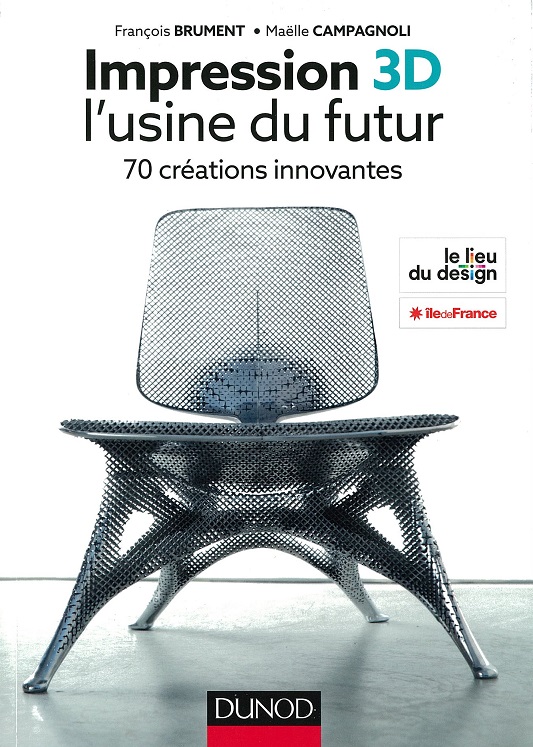3D printing is a process that appeared in the late 1980s. It is referred to as “additive manufacturing”, since objects are created by adding layer-upon-layer of material, as opposed to more traditional manufacturing processes referred to as “subtractive”. There are several different methods available and the list keeps getting longer, but the basic principle remains. Using a three-dimensional digital model and some raw material, a computer-assisted print head gradually creates the object until it reaches its final form.
Examples of material-specific processes include:
Additive manufacturing offers several advantages. It allows the creation of unique, ready-made parts or complex geometric forms at low cost and made to measure. It even allows producing geometric shapes otherwise impossible to create with other processes, like those including double walls, hollow parts, undercuts, etc.
3D printing opens the door to new manufacturing possibilities and offers the option to print using a wide range of materials, including organic tissue and even chocolate!
3D Printing with Chocolate
However, the manufacturing applications of 3D printing are limited by the slowness of current methods and the mechanical properties of the objects produced, which are still inferior to parts created using traditional methods.
Other than the manufacturing of models and prototypes, here are a few fields in which 3D printing is gaining popularity:
This technology will soon revolutionize the way we design, produce, and use everyday objects!
Did you know? Your library offers low-cost 3D printing services!
Loyal to our mission to support teaching and research, we want to make this innovative technology accessible for its high educational and social potential.
Visit the 3D Printing page for more information.
 L'impression 3D, l'usine du futur : 70 créations innovantes
-
L'impression 3D, l'usine du futur : 70 créations innovantes
-
If you are a member of the Polytechnique Montréal community, you can access all of the Library’s electronic subscription resources from off-campus by configuring our proxy server in your browser. Direct access to some of our resources (without configuring the proxy) is also available through the links marked by an arrow  in our list of all databases.
in our list of all databases.

Send your questions to the Library Computer Technicians.